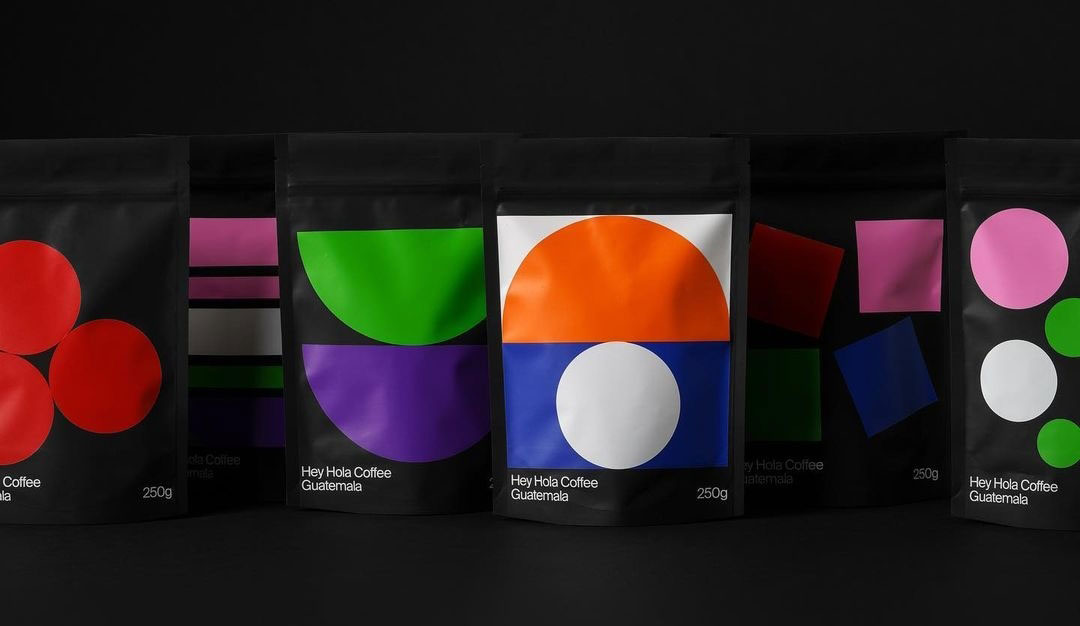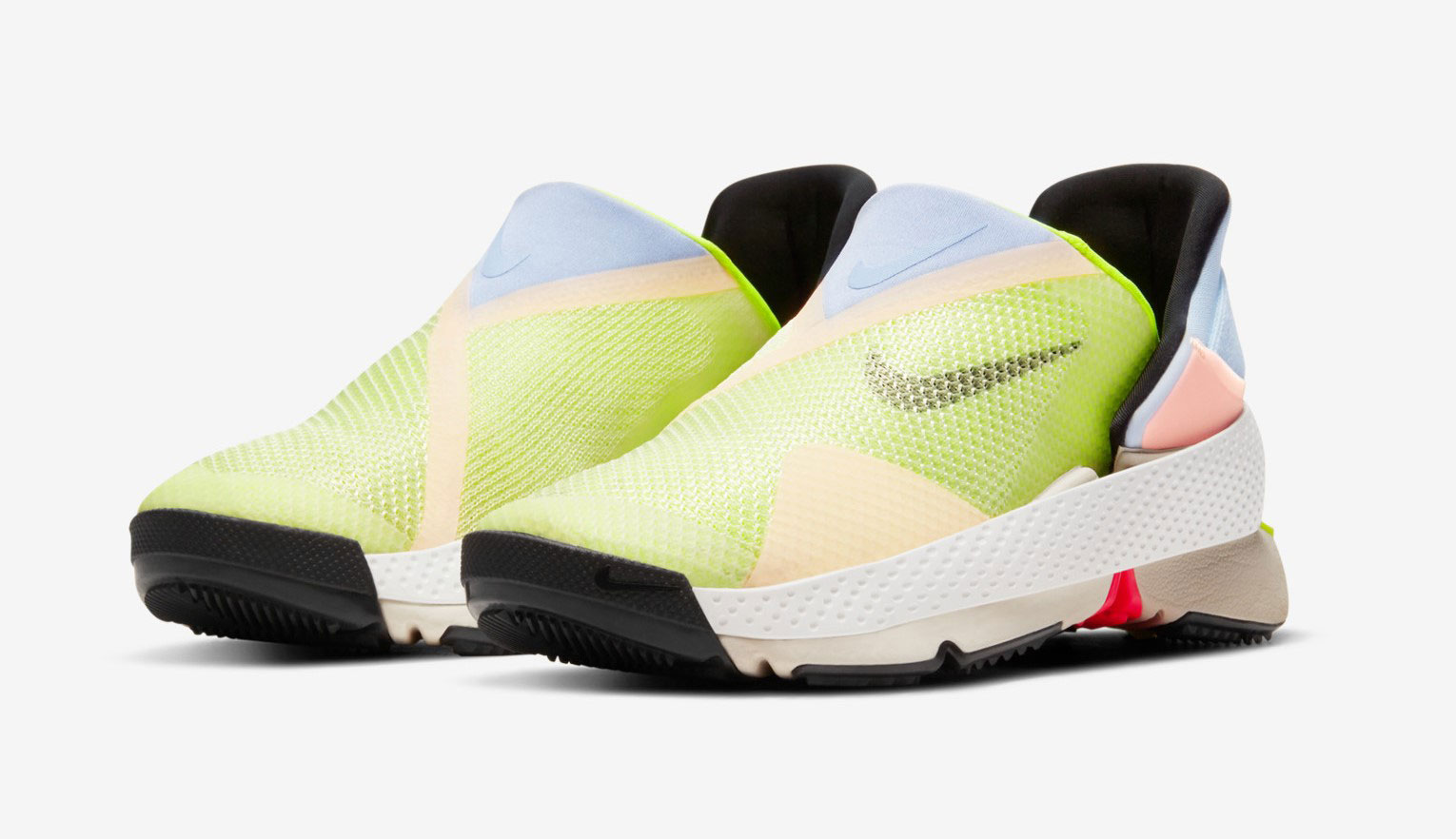DA MANGIARE CON GLI OCCHI
PASTRY | ANNUSHKA
Nessuno avrebbe mai scommesso che le torte, un giorno, avrebbero fatto il proprio ingresso nel mondo del design. Succede anche grazie a un laboratorio di pasticceria di Mosca, che vende dolci e insegna a prepararli.
Con i lavori di Annushka il godimento è innanzitutto visivo. Niente barocchismi da vecchio pasticcere ma forme contemporanee. Sembrano perfino finte. Ogni ingrediente, a partire dai coloranti alimentari, è utilizzato con la massima padronanza e perizia tecnica per ottenere immagini perfino futuristiche, pop, couture…
Le superfici (liscissime) riescono perfino a essere decorate con incredibili giochi di gradient digitali o da squame ottenute con fettine di pera essiccate. Oltre a soddisfare la parte gustativa, queste sculture che presuppongono un’altissima preparazione estetica, sia in fatto di originalità sia quando imitano famose esperienze artistiche, come le geometrie di Mondrian o i cerchietti di Yayoi Kusama.
To eat with your eyes – No one would ever have bet that cakes would one day enter the world of design. It also happens thanks to a pastry shop in Moscow, which sells cakes and teaches how to prepare them.
With Annushka’s works, enjoyment is above all visual. No baroque style of an old pastry chef but contemporary forms. They even look fake. Each ingredient, starting from food dyes, is used with the utmost mastery and technical expertise to obtain even futuristic, pop, couture images…
The surfaces (very smooth) can even be decorated with incredible digital gradient games or with scales obtained with dried pear slices. In addition to satisfying the gustatory part, these sculptures require a very high aesthetic preparation, both in terms of originality and when they imitate famous artistic experiences, such as Mondrian’s geometries or Yayoi Kusama’s circles.




















































